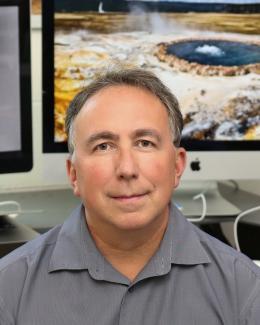September 4, 2018 - Biologists from Oak Ridge National Laboratory and the Smithsonian Environmental Research Center have confirmed that microorganisms called methanogens, which are found in anaerobic environments such as soil, water and sewage, can transform mercury into the neurotoxin methylmercury with varying efficiency across species. Methylmercury can accumulate in fish, crops and water and potentially impact human health. Previously, bacteria that thrive on iron and sulfate were proven as producers of methylmercury along with a single methanogen. “With this confirmation that methylation is widespread in the methanogen community, we have shed light on the possible source of methylmercury in low-iron, low-sulfate ecosystems like rice paddies and permafrost landscapes,” said ORNL’s Dwayne Elias. “This is a critical step toward our larger goal of determining the factors that promote methylmercury production and finding ways to prevent or lessen its production in the environment.” The findings were published in mBio.
Topic:
Media Contact
Kimberly Askey
, Communications Coordinator, Biological and Environmental Systems Science Directorate
, 865.576.2841
|
ASKEYKA@ORNL.GOV




